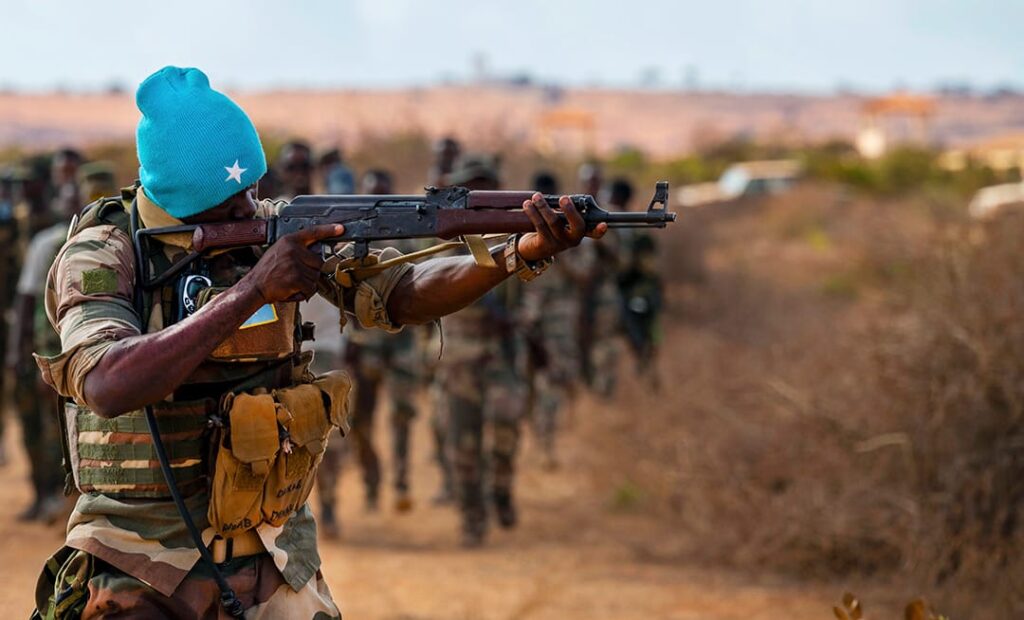In February 2025, Puntland forces, with U.S. support, launched a major offensive against the Islamic State in Somalia (ISIS), resulting in significant territorial gains. The operation led to the reclaiming of 250 square kilometers and the destruction of 50 IS bases in the Golis Mountains. The offensive also resulted in the deaths of over 85 IS militants and 17 Puntland soldiers, dealing a significant blow to the group.
Military Strategy in the Offensive
Puntland forces executed a well-coordinated strategy involving both ground operations and U.S. air support to target the key strongholds of militant groups. By advancing through critical areas of the Golis Mountains, the forces were able to reclaim 250 square kilometers of territory. The use of strategic military tactics, including surprise attacks and disabling communication lines, played a major role in weakening the militants’ control in the region.
Impact of U.S. Airstrikes on ISIS
U.S. airstrikes were pivotal in the recent offensive, providing essential support for Puntland forces. On February 1, precision airstrikes killed a high-ranking leader of the militants and several other operatives. These targeted strikes disrupted critical operations, destroyed weapon stockpiles, and severely hindered the group’s ability to launch further attacks. The air support effectively crippled the operational capabilities of the militants.
Islamic State in Somalia: Setback and Strategic Loss
The Islamic State in Somalia faced a significant strategic setback as a result of the Puntland offensive. Over 85 militants were killed, and 50 bases were destroyed, which severely disrupted the group’s operations. With the loss of key territory and personnel, IS’s ability to regroup and launch organized attacks was severely hampered. This defeat marks a crucial turning point in the ongoing battle against the group’s presence in Somalia.
The recent offensive by Puntland forces, supported by U.S. airstrikes, has delivered a significant blow to the Islamic State in Somalia, severely disrupting their operations. With the loss of territory and key militants, the group’s ability to launch organized attacks has been weakened. This victory highlights the effectiveness of coordinated military strategies in combating extremism in Somalia. However, continued efforts and vigilance are necessary to maintain stability and prevent further insurgency in the region.


